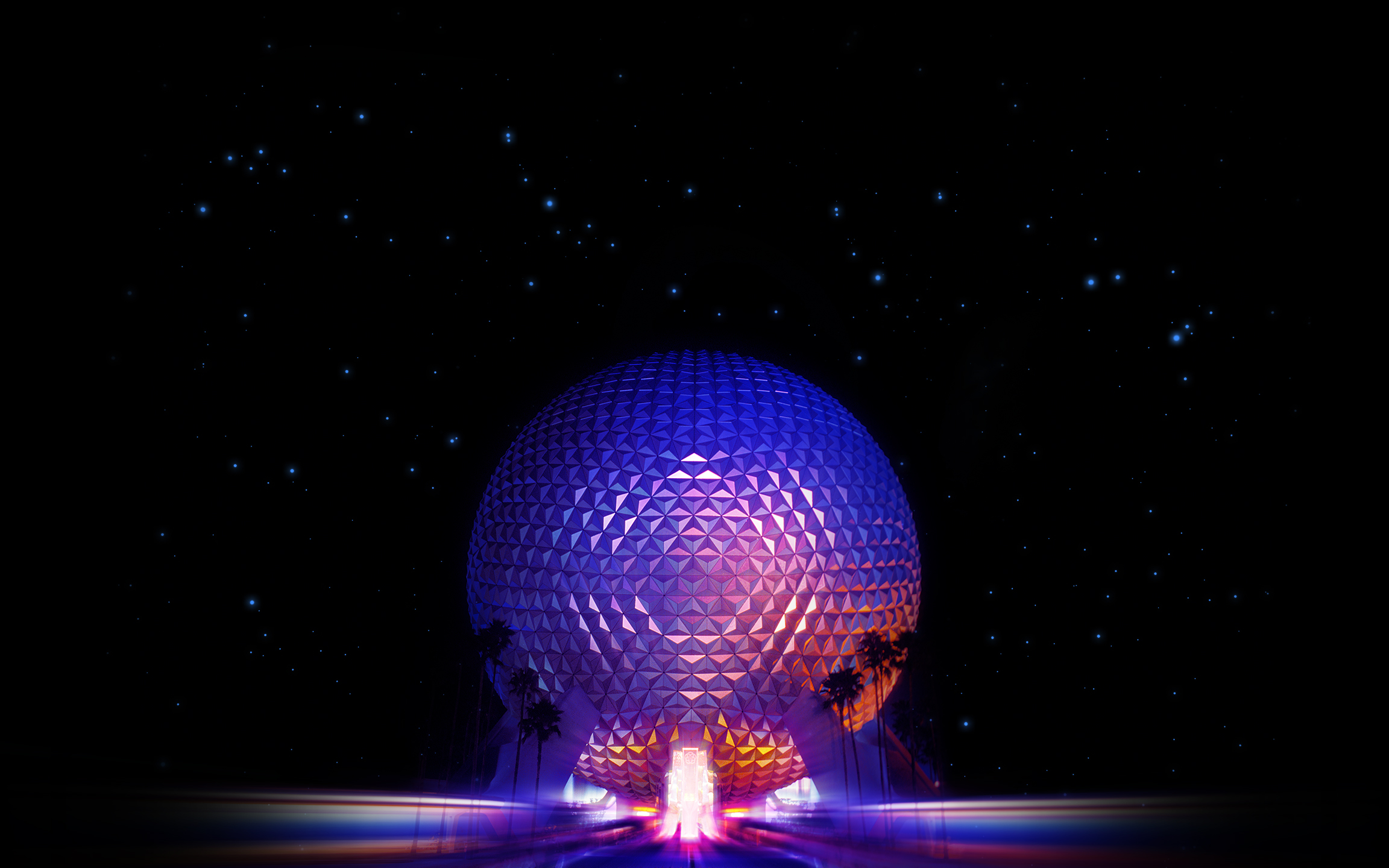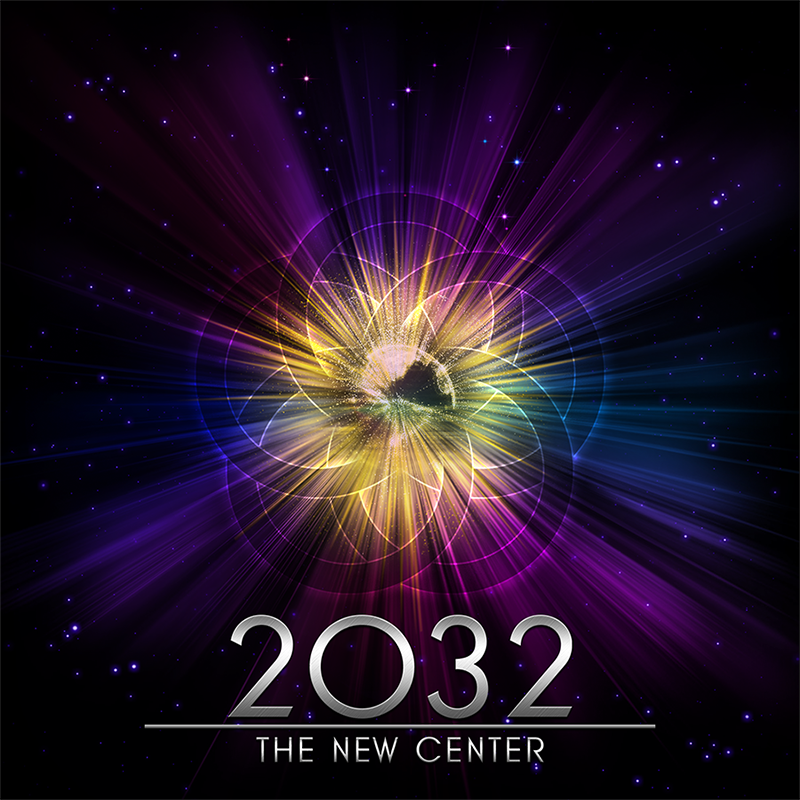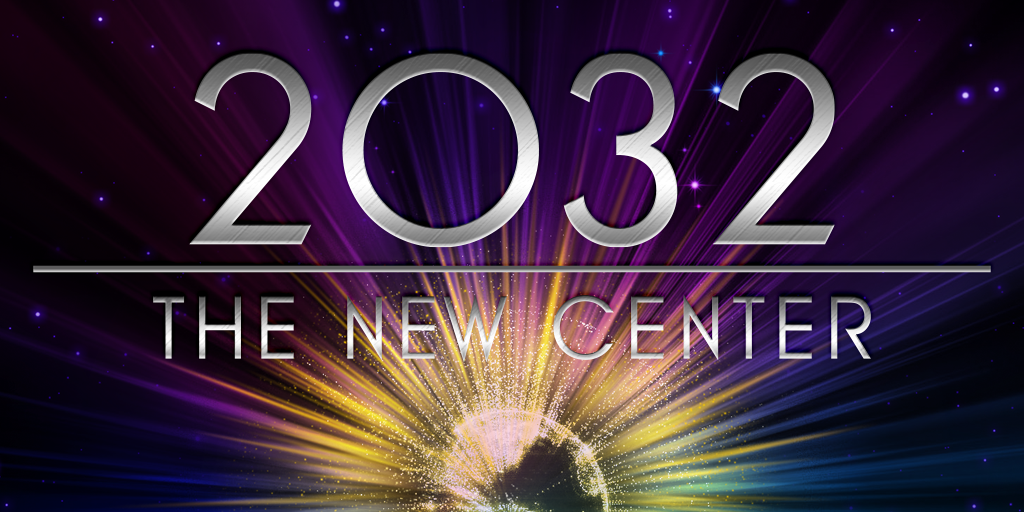By the Numbers I: The Trinity
Enter Prof. Ludwig von Drake...
HELLO D’THERE!
In these great halls of knowledge, we discuss a great many things including psychology, child development, astrophysics, hyper-spatial transport, String Theory and a myriad of other topics that have absolutely nothing to with the issue I plan to talk about!
ALRIGHT, On to our subject! In the past several weeks there have been several discussions on many websites about the design aesthetic and tone of Future World. It might surprise you to know that I was the unaccredited Head of EPCOT Center’s Advisory Board! The tone of Epcot is largely determined by its dedication - “May EPCOT Center entertain, inform and inspire” which is the most succinct of its many mission statements. It’s the trinity of these aspirations working together that determine the success or failure of the park. The following triad displays the attractions of EPCOT Center and their placement within the trinity of the park’s goals for enlightenment. Now, I realize that many of you may have differing opinions about what-should-go-where: and to be completely honest, there were a number of difficult decisions to be made. Nevertheless, I believe these kooky infographics do represent an overall consensus of thought about the direction(s) of the park today.
(Click to Inlarge)
As you can see, even the original park wasn’t entirely balanced, but it did provide a good mix of offerings that served most of its objectives. Additionally, you’ll notice that I did not include anything from the second “World” of EPCOT. The purpose of my lecture is to discuss changes in the park and because World Showcase (for better or worse) remains largely unchanged in the last 30 years, it really does not make any sense to discuss it.
Based on my calculations, Future World had an overall success rating of 77.25%. In the world of academia 77 isn’t exactly a passing grade, but when you’re a theme park with a most ambitious and lofty goal to not just entertain but enlighten your guests 77% is quite a success. Far from perfect, but at just over a decade old EPCOT Center was well on its way to total fulfillment. In future articles, we’ll discuss exactly what happened after 1994 and why. But for now, let’s continue this lecture.
I know. What about the Epcot of today? While discussing this article with your host I very quickly came up with this drawing. I only included current experiences for the calculations. As you can see, there’s been a lot more “history”; and many attractions and exhibits have come and gone. So how have things evolved? … well… I think the look on my face is enough…
(Click to Inlarge)
Now for those of you who may think this decades-old vision of providing Entertaining, Informative and Inspirational experiences in a theme park setting might be a little too out-of-reach for the world of today, is this goal any more difficult or less achievable than entering a World of Yesterday, Tomorrow, and Fantasy!? Von Drake says NO! Sure, it’s just a little more abstract, but the shear act of having consciousness of the trinity and trying to meet it will point you in the right direction.
Overall, the success or abysmal failure of the park in the rest of 21st century will largely be determined by whether these three concepts (and the balance thereof) will be considered in future endeavors. I see strong evidence in the halls of Imagineering that there’s a dynamic shift from topical entertainment to more forward thinking (and sustainable) concepts. In both EPCOT Center and Epcot you will notice a lack of purely inspirational product. Perhaps, in a world faced with economic upheaval, continued hostility inside each nation, and the persistent evolution of technology beyond our maturity it is time for more inspiration in the World of the Future. “And a renewed sense of belief and pride in man's ability to shape a world that offers hope to people everywhere in the world.”
About the Author: Ludwig von Drake was born in Vienna, Austria and immigrated to the US to help support his then struggling actor nephew Donald in 1930. After Donald joined the Walt Disney Studios in 1934, Ludwig continued his multiple graduate studies. Renowned Scientist, Lecturer, Psychologist, World Traveler and foremost expert on just about everything, in 1961 Ludwig added TV Host/Personality to his repertoire. Today, Ludwig continues making guest appearances on multiple shows including his own series the aptly named Von Drake’s House of Genus.







 Joshua L Harris
Joshua L Harris




